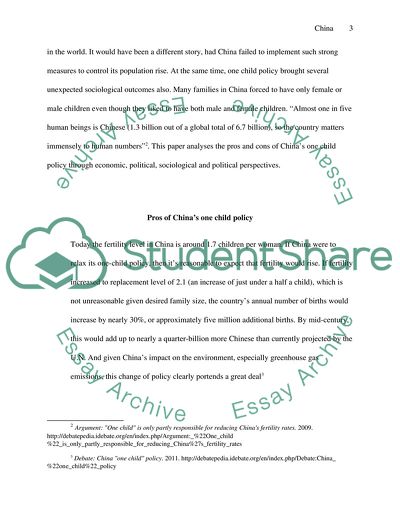Cite this document
(China's One Child Policy Term Paper Example | Topics and Well Written Essays - 3000 words, n.d.)
China's One Child Policy Term Paper Example | Topics and Well Written Essays - 3000 words. Retrieved from https://studentshare.org/social-science/1758217-the-chinas-one-child-policy
China's One Child Policy Term Paper Example | Topics and Well Written Essays - 3000 words. Retrieved from https://studentshare.org/social-science/1758217-the-chinas-one-child-policy
(China'S One Child Policy Term Paper Example | Topics and Well Written Essays - 3000 Words)
China'S One Child Policy Term Paper Example | Topics and Well Written Essays - 3000 Words. https://studentshare.org/social-science/1758217-the-chinas-one-child-policy.
China'S One Child Policy Term Paper Example | Topics and Well Written Essays - 3000 Words. https://studentshare.org/social-science/1758217-the-chinas-one-child-policy.
“China'S One Child Policy Term Paper Example | Topics and Well Written Essays - 3000 Words”, n.d. https://studentshare.org/social-science/1758217-the-chinas-one-child-policy.


